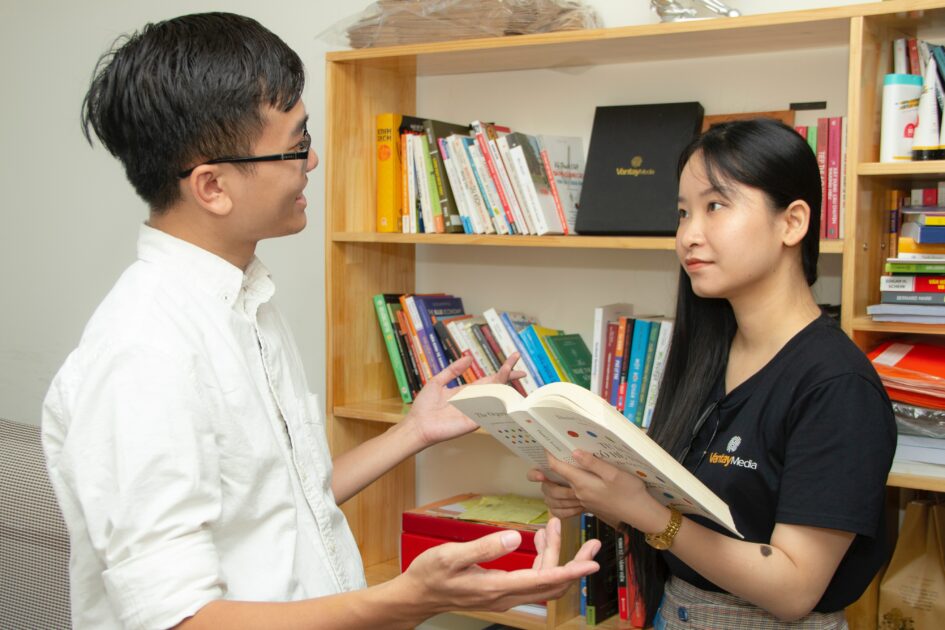This is the video I chose to help students with their descriptive writing.
What kind of interaction would the video require from your students? Does it force them to respond in some way (inherent)?
This video would require a learner-material interaction from the students. This video could give these students an opportunity to reflect on their learning and allow them to take notes to help their memory and understanding of the descriptive writing topic. Learning from a video like this would be good for the students because it is not something they do in the classroom every day, so the change in learning method would help them stay interested and continue to learn.
In what way are they likely to respond to the video on their own, e.g. make notes, do an activity, think about the topic (learner-generated)?
With this video, students are likely to respond my taking down a few notes. It explains what descriptive writing is, and then explains in detail, five characteristics of good descriptive writing. It teaches how to use descriptive writing effectively, so I believe that students would write down some notes, so they have the information to help them during their descriptive writing later. They may also brainstorm some examples on their own based on the ones they hear in the video. If they are inspired by an example, they may write something down quickly so they can refer to it for help later.
What activity could you suggest that they do, after they have watched the video (designed)? What type of knowledge or skill would that activity help develop? What medium or technology would students use to do the activity?
Since this video introduces and explains what descriptive language is and how to use it correctly, this video would likely be played at or near the beginning of the lesson. So, in our learning resource, I would suggest the monster activity would come after the video. This activity involves looking at, recognizing, and brainstorming different examples of descriptive language, so if the students have the knowledge of what descriptive language is and looks like, it will make this activity easier for them. The activity would help develop students’ ability to find descriptive language in a piece of writing and would also help them begin learning how to come up with their own examples. The monster activity is done using a mentor text, and a piece of paper for the students to write their brainstormed examples on. To make it easier for the whole class to see the book, the teacher could also use a projector to share the book on the big screen. The next part of the activity has the students filling out a printed off monster worksheet that they will complete and present to their classmates.
How will you address any potential barriers for your learners in the use of this video to ensure an inclusive design?
The video I chose does not have any spoken words, but it has the information written on the video. This is good for any students that may be deaf, because they would not need to worry about not hearing any information. They just need to read the words on the screen. If a student is blind, either the teacher or another student could read this sentences, descriptions, and examples from the screen. This way the students are engaging with the video and helping other students learn what the video is teaching. I could also have someone read this sentence from the video if I had a student who does not speak English well, and I would use a speech-to-text program that could translate what is being read into other languages to help those students. One other way I could ensure an inclusive design is by slowing down the video a little bit, so it does not go too fast for some students, and so all students are able to learn from the video because it is playing a good pace for all of them.

Photo by Van Tay Media on Unsplash

Leave a Reply
You must be logged in to post a comment.